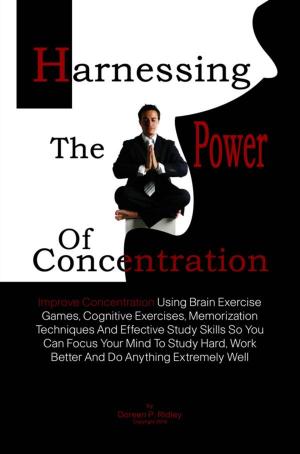Easy Photography Guide
Get This Handbook And Be Amazed With Excellent Digital Photography Ideas Like Tips On Learning Photography, How To Find Digital Photography Online, Superb Photography Information And Other Photography 101 You Need To Know!
Nonfiction, Art & Architecture, Photography, Equipment & Techniques, Reference, Reference & Language, Guides & Handbooks| Author: | Matthew V. Lewis | ISBN: | 1230000020911 |
| Publisher: | KMS Publishing | Publication: | October 1, 2012 |
| Imprint: | Language: | English |
| Author: | Matthew V. Lewis |
| ISBN: | 1230000020911 |
| Publisher: | KMS Publishing |
| Publication: | October 1, 2012 |
| Imprint: | |
| Language: | English |
Have you ever wondered where modern photography originated? While we are now moving into the digital age and away from film, the lighting techniques and other photography techniques began in the 1820’s. Niepce and Daguerre were the first inventors of modern photography. They used a chemical component from silver and chalk, which darkens when exposed to light. This type of technology used a glass negative to cement the picture.
From the early cameras seen in western films we have moved on to manual cameras with film. This film or negative captured the image on a roll to be developed in a dark room to prevent over exposure. The manual cameras used a theory of setting up shots. You had to understand aperture, shutter speed, white balance, and metering to obtain the best picture possible. This meant you spent a lot of time setting up the shot and had to be a professional to catch wildlife in their natural habits.
Aperture is measured by F-stops, or the amount of light the lens will let in. Focusing and depth of field are also important when setting the aperture on your camera. You have to know what numbers will allow more light to enter the lens and the converse to avoid over exposure and blurriness. Shutter speed is the amount of time a lens is open for the picture. You may have found in a darkened room without flash your camera takes a while to imprint the picture on the negative. This is because the light is dim and the shutter must correct for the lack of light. The lack of light induces a need to expose the film longer to obtain the picture where as more light will have the shutter moving at a faster speed.
Do you want to learn more? Grab this handbook right away!
Have you ever wondered where modern photography originated? While we are now moving into the digital age and away from film, the lighting techniques and other photography techniques began in the 1820’s. Niepce and Daguerre were the first inventors of modern photography. They used a chemical component from silver and chalk, which darkens when exposed to light. This type of technology used a glass negative to cement the picture.
From the early cameras seen in western films we have moved on to manual cameras with film. This film or negative captured the image on a roll to be developed in a dark room to prevent over exposure. The manual cameras used a theory of setting up shots. You had to understand aperture, shutter speed, white balance, and metering to obtain the best picture possible. This meant you spent a lot of time setting up the shot and had to be a professional to catch wildlife in their natural habits.
Aperture is measured by F-stops, or the amount of light the lens will let in. Focusing and depth of field are also important when setting the aperture on your camera. You have to know what numbers will allow more light to enter the lens and the converse to avoid over exposure and blurriness. Shutter speed is the amount of time a lens is open for the picture. You may have found in a darkened room without flash your camera takes a while to imprint the picture on the negative. This is because the light is dim and the shutter must correct for the lack of light. The lack of light induces a need to expose the film longer to obtain the picture where as more light will have the shutter moving at a faster speed.
Do you want to learn more? Grab this handbook right away!















